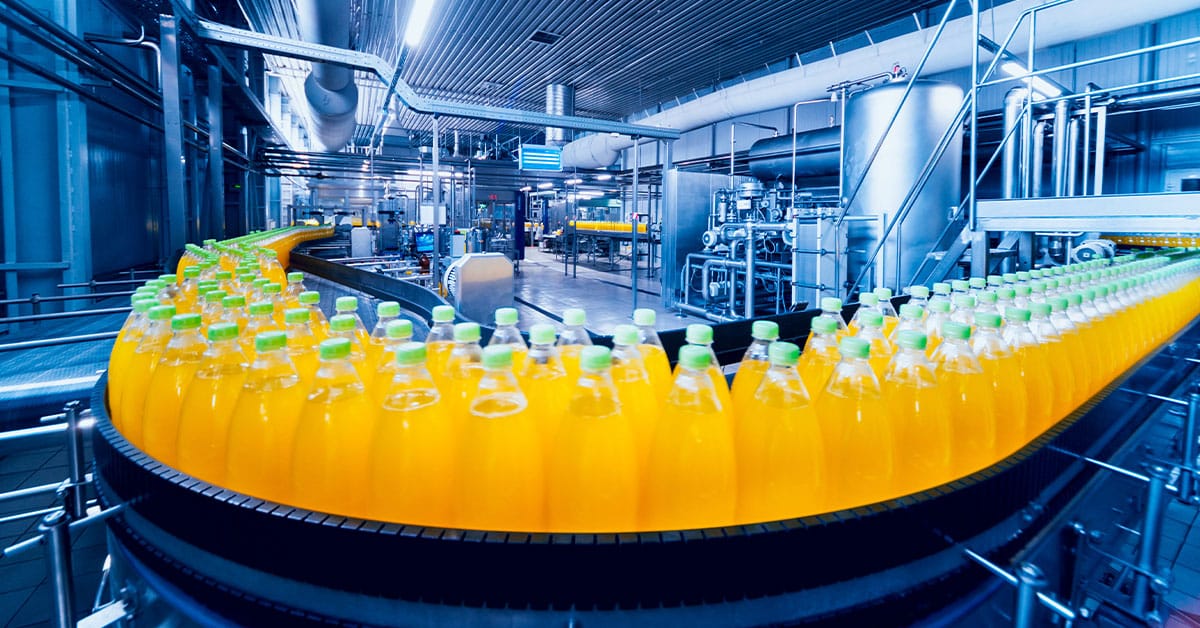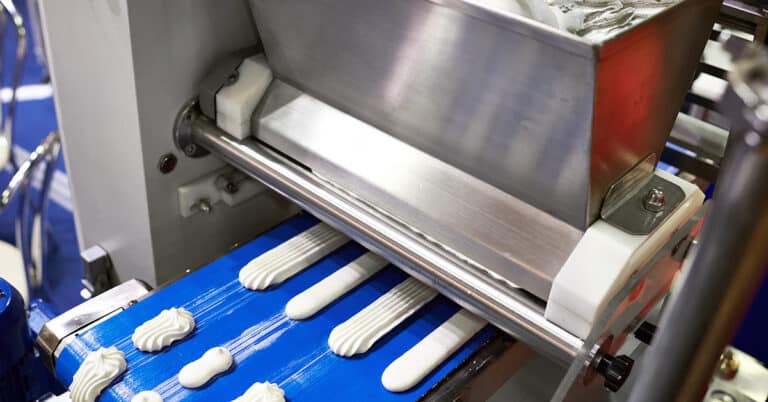If a line isn’t running, it’s not earning any money. There are many reasons a line might be down, but one of the biggest is because it’s being changed over to run a different product. Reducing this changeover time should be a priority, even though it’s an opportunity for the maintenance team to carry out inspections and servicing.
This blog is about reducing changeover time in manufacturing. After defining what “changeover” means, it covers how it’s measured and discusses changeover reduction.
What is changeover time in manufacturing?
If an individual machine or an entire line has to be switched from running one product to another, the time needed to do that is changeover time. An agreed-upon definition is that it’s the time from the last good part produced to when the next good part comes off the line.
Changeover time depends on the amount of change needed. It could be as simple as switching from one label to another or as involved as changing to a larger sized bottle or container. If the changeover processes are poorly defined and not standardized it’s likely to vary widely.
For maintenance, changeovers are an opportunity to carry out inspections and servicing while the equipment is down. However, this needs careful coordination and planning to avoid extending changeover duration.
Setup time vs. changeover time
These terms are often used interchangeably but there are some differences. Setup usually refers to the time needed to perform a changeover on a single machine. A labeling machine needs setting up when the bottling line is changed over.
Setup generally excludes run-down and run-up, which are when the line empties out, when first off inspections are performed and as the line refills. It’s important to note that setup of an individual machine often cannot be completed until product is available from the preceding operation.
For example, a capping machine can be configured while a filler is being adjusted for a larger bottle, but satisfactory performance can’t be verified until filled bottles are coming through at line rate. Thus, the setups tend to follow the same sequence as production operations.
How to measure changeover time
Traditionally, an attentive supervisor would time changeover in manufacturing from last good part to first good. For a more detailed view, individual setups might also be measured, however, duration depends on defining when the setup starts and ends.
Today, machine monitoring technologies can provide accurate measurement of when each machine in a line stops and starts producing at rate. This removes any subjectivity and provides a basis for evaluating improvements.
How to reduce changeover time
Improvement always begins with measurement. Start by identifying changeover duration, then:
- Identify individual elements: Changeovers consist of tasks such as emptying out the machine, removing guards and covers, (often a job for maintenance) and cleaning, before removal and replacement of machine parts. Once the machine has been set up a quality check or signoff is usually needed. The initial analysis involves identifying and timing each of these elements.
- Separate into internal and external: External elements are those which could be performed while the line is still running. Fetching new packaging and preparing cleaning materials are examples. Internal elements can only be performed with the line stopped. Setting up for taller bottles at a filling machine is an example of an internal element.
- Solicit input: The people who know the machines best are those who set them up regularly, work on them every day and perform maintenance on them. The internal-external analysis should be shared with representatives from these groups and their improvement ideas invited. The initial goal is to convert internal elements to external. Then, look for ways to reduce the time needed for the remaining internal elements.
- Test improvements: Skilled facilitation should produce a long list of ideas. These need evaluating and prioritizing, (often using criteria such as ease and cost of implementation). The most promising ideas should then be tested. Most likely, this will reveal other changes are needed to make the ideas work, and possible, some additional improvements. Timing and comparison with the initial data will show whether the improvements help.
- Standardize and document: Every changeover should follow a defined procedure. Once the improvement team have agreed on the new method, this must be documented as best practice. In a large plant, explore ways to standardize the changeover process across multiple identical lines.
Changeover time reduction is a team effort
Changeover time in manufacturing is a form of waste. The ideal changeover time is zero, which means dedicating machines and lines to individual products. (A downside is that this removes opportunities for essential preventive maintenance.)
The best way of reducing changeover time, and so increasing availability for production, is to make as much of the work as possible external, meaning it can be done while the line is running. Then find ways to reduce the remaining internal work. People who work closely with the equipment often have ideas for how to do this.
Maintenance should also be considered during a changeover time reduction effort: Involve people from this function as they can help find and make improvements. If you need maintenance support, contact us.






